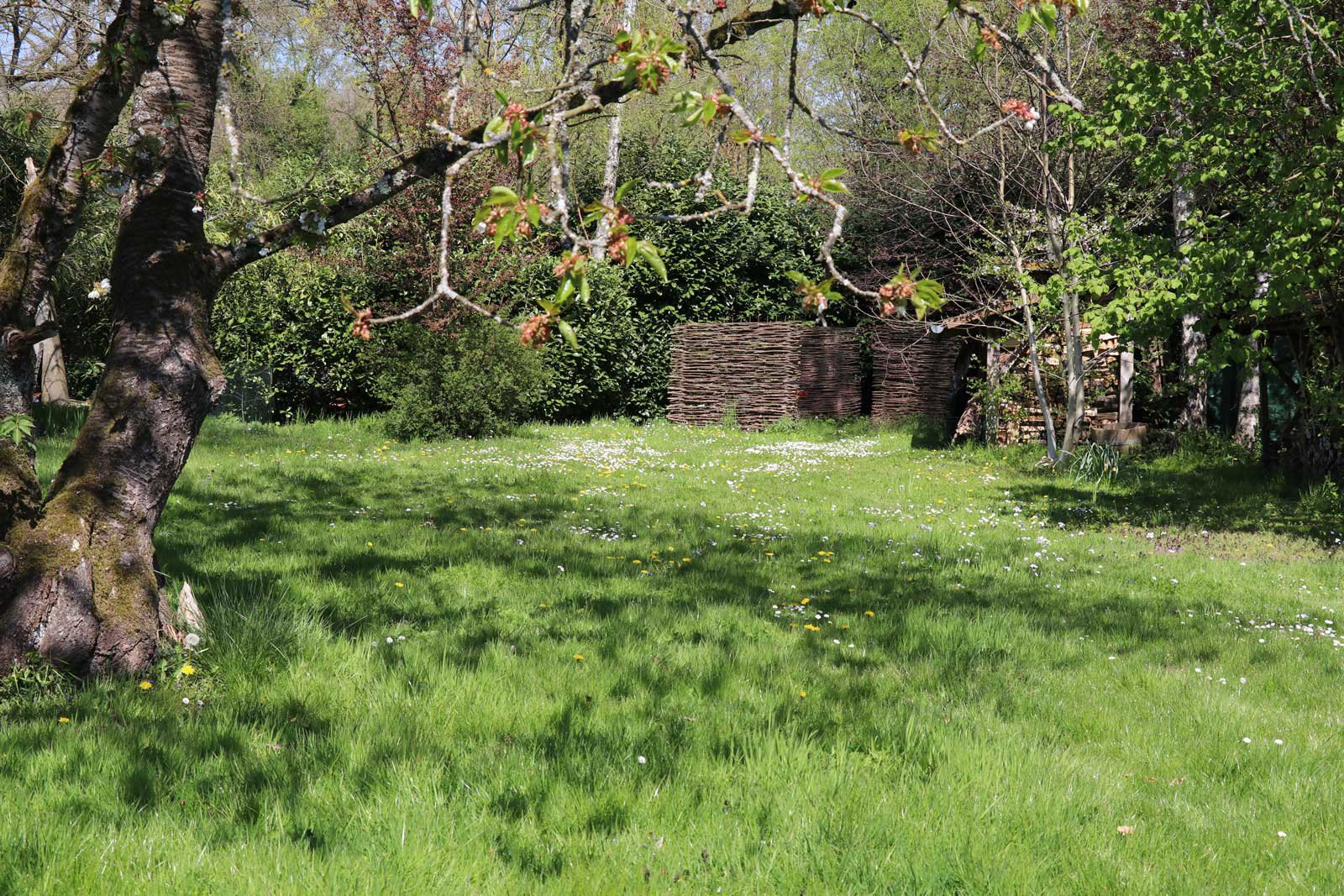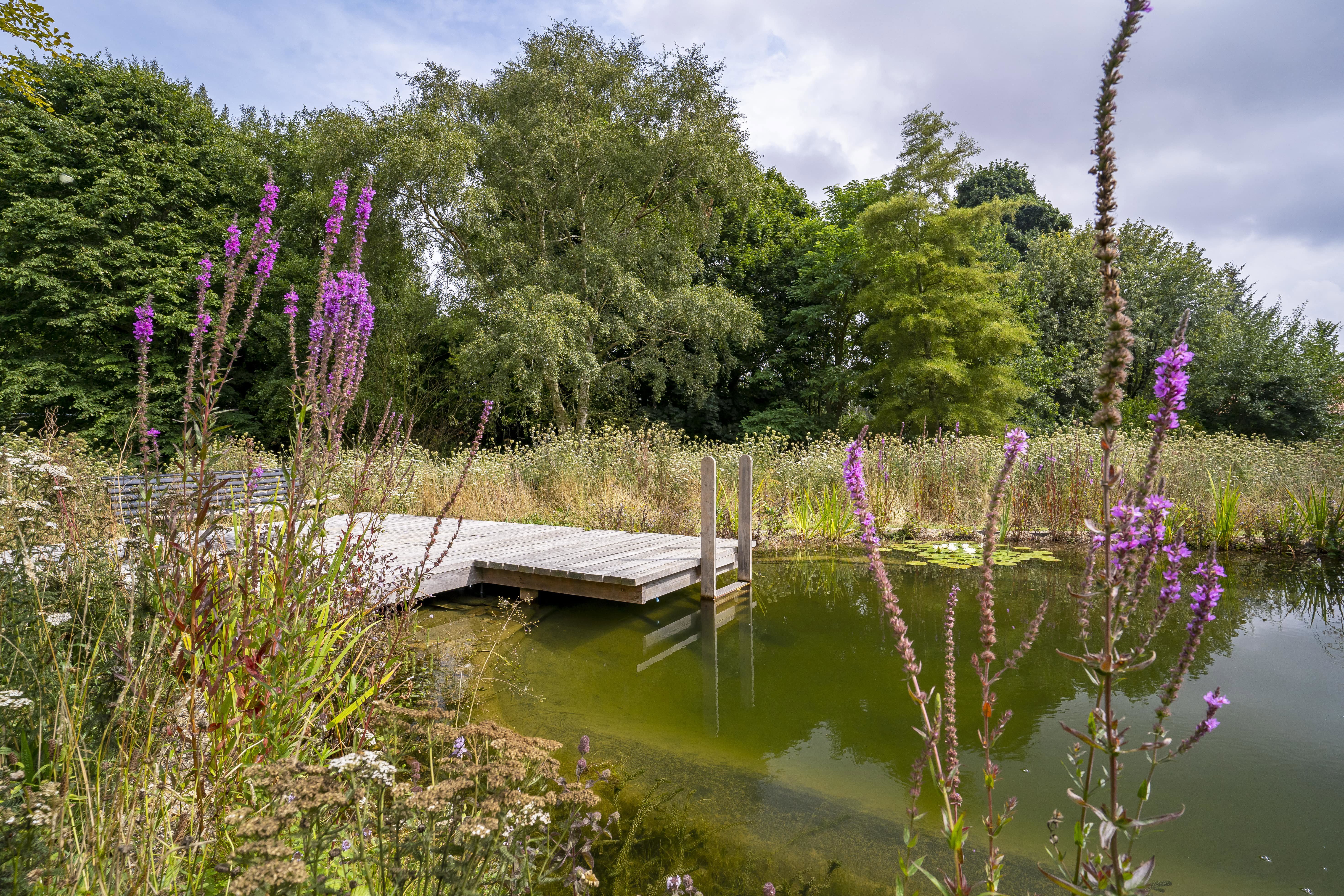
The Pros and Cons of No Mow May
No Mow May has become firmly ensconced in the garden maintenance calendar thanks to the charity Plantlife. Plantlife introduced the concept in 2019 in order to address the decline in insect populations.
The idea behind No Mow May is that commercial and domestic gardeners would leave their mowers in the shed for the entire month of May, thus allowing lawns to grow long and wildflowers to thrive within those lawns. Longer swards make rich habitat for invertebrates and generate a source of food for insect-eating birds.
Anecdotal evidence suggests that No Mow May does indeed contribute to greater biodiversity in gardens. But there is some concern that providing habitat for one month of the year, simply isn’t enough to sustain insect populations.
At the APL we believe that everybody should be able to make informed choices about the way their gardens are designed and managed. So here are our thoughts on the pros and cons of No Mow May.
What Are The Plus Points of No Mow May?
- It’s the perfect excuse for putting lawn maintenance on hold and enjoying the more natural aspects of your garden.
- Creates habitat and forage for an enormous variety of insects, birds and invertebrates.
- Offers a fascinating insight into the creatures that live in and around your garden.
- Educational: You’ll be able to observe and learn about diversity of species that your plot can support.
- Longer grass shades the soil and protects from extreme heat.
- Tall grass is so much better at cooling the atmosphere than a close cropped lawn. If we get a heatwave in May, you’ll feel more comfortable in a meadow garden that you will sitting on a baking hot patio.
- In general, longer grass results in a more robust root system beneath the lawn because the plants can harvest more sunlight and therefore make more nutrients through photosynthesis. Stronger roots mean the plants are more resistant to drought and frost.
- The larger the combined surface area of all those grass leaves, the more carbon they can potentially capture and lock up in the soil.
- Speaking of carbon - if you’re not using your mower, you won’t be using any form of fossil fuel to power it. No Mow May is kind to the environment in many ways.

Are There Any Negatives To No Mow May?
No Mow May is not everyone’s cup of tea. One argument suggests that it is counterproductive to create a beautiful wildlife habitat and then chop it down. Truly valuable wildlife habitat develops over time and should be permanent rather than transitory.
Naturally, some people dislike the aesthetic of what is essentially an overgrown lawn. You may love it - but your neighbours may question your horticultural prowess. Be prepared to explain to your neighbours that rather than being untidy, you are supporting the ecological systems that are crucially important to life on earth.
Allowing weeds to establish and set seeds in your lawn could mean you need to take drastic measures to reinstate a manicured lawn.
Hay fever sufferers may not enjoy No Mow May.
Dramatically reducing the length of your grass at the end of May will put enormous stress on the plants. You are likely to have yellowy-brown patches in your lawn for a couple of weeks while the area recovers.
Lawn grasses have been selectively bred so that they produce more shoots when they are mown. That’s how they make a nice thick sward. If the grass is not mown, it will divert it’s energy into growing upwards and this could result in more spaces between the plants. You may need to overseed your lawn in the autumn.
Tips For Making The Most Of Your Lawn This May
Invest in a magnifying glass and get up close and personal with the plants and animals that appear during No Mow May. This is especially exciting for children.
Mow paths through the sward and if there’s room, make a seating circle so that you can immerse yourself in nature.
Learn how to make a moth trap and discover who visits your garden after dark.
Extend the experiment into June or even July to enjoy the new aesthetic.
Consider making a permanent meadow area in your garden to offer an all year round home for wildlife.
Engage a professional gardener to help return your lawn to its formal glory when you are ready to cut it back.
Still Not A Fan Of No Mow May?
With so many wild meadows disappearing since the second world war, and with green spaces rapidly being engulfed by new housing, it’s important that we all do our bit to support Mother Nature. After all, our lives depend upon having clean air and food that has been pollinated by insects.
If you really don’t want to let your lawn grow long, why not compromise?
Instead of going for full-on knee-length grass, simply mow less often and raise the cutting bar on your mower.
To really help wildlife, you could create a biodiverse lawn with slow growing grasses and short species of wildflower. Remember when we were young and lawns were studded with clover, buttercups and daisies? Lets embrace the retro vibe and go back to that. The wildlife will love us for it.

Find a garden designer to help you!
How about incorporating wildlife friendly areas into the design of your garden. Click here to find a garden designer who can help you do just that.
